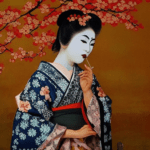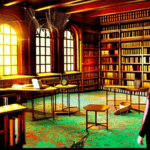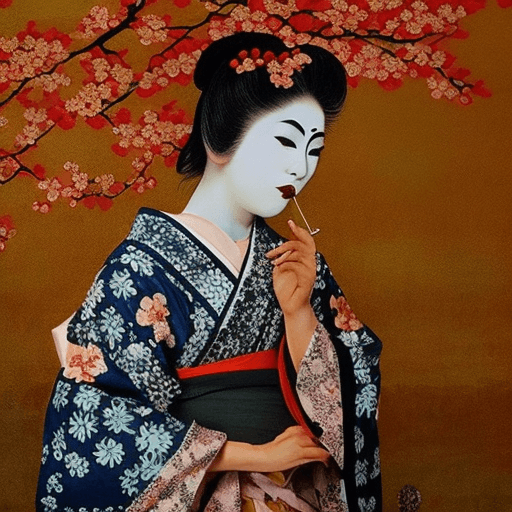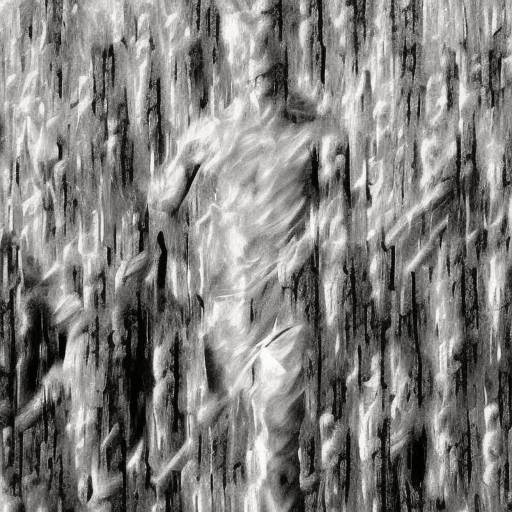The Children’s Hour (1961): A Tale of Rumors and Ruin
Main Cast and Crew:
- Director: William Wyler
- Writers: Lillian Hellman (play), John Michael Hayes (screenplay)
- Key Actors: Audrey Hepburn as Karen Wright, Shirley MacLaine as Martha Dobie, James Garner as Dr. Joe Cardin, Miriam Hopkins as Mrs. Lily Mortar
- Music Director: Alex North
- Director of Photography: Franz Planer
- Producers: William Wyler, Robert Wyler
In “The Children’s Hour,” directed by William Wyler, a seemingly innocent lie spirals out of control, threatening the lives and reputations of two dedicated schoolteachers.
Karen Wright (Audrey Hepburn) and Martha Dobie (Shirley MacLaine) run a successful all-girls boarding school. Their lives take a dark turn when a malicious student, Mary Tilford (Karen Balkin), spreads a rumor that the two women are engaged in a scandalous lesbian relationship.
The rumor quickly spreads throughout the community, leading to the withdrawal of students and the loss of the school’s reputation. Karen and Martha, who are both engaged to be married, find their relationships strained as their fiancés question their innocence.
As the situation intensifies, Karen and Martha decide to take legal action against Mary’s grandmother, Mrs. Lily Mortar (Miriam Hopkins), for defamation. However, their case takes an unexpected turn when Mary recants her story, revealing that she made up the lie out of anger and jealousy.
Despite Mary’s confession, the damage has already been done. The school remains empty, and Karen and Martha’s lives are shattered. In a heartbreaking climax, Martha, unable to bear the weight of the scandal, takes her own life.
Themes and Motifs:
“The Children’s Hour” explores themes of betrayal, the power of rumors, and the destructive nature of lies. The film delves into the consequences of societal prejudice and the devastating impact it can have on individuals.
The motif of darkness and shadows is prevalent throughout the movie, symbolizing the hidden truths and secrets that lurk beneath the surface. The use of light and shadow creates a visually striking atmosphere, reflecting the characters’ internal struggles and the darkness that engulfs their lives.
Reception and Legacy:
Upon its release, “The Children’s Hour” received critical acclaim for its powerful performances and thought-provoking narrative. Audrey Hepburn and Shirley MacLaine deliver compelling performances, capturing the emotional turmoil faced by their characters.
The film was nominated for five Academy Awards, including Best Supporting Actress for Shirley MacLaine. Although it did not win any Oscars, “The Children’s Hour” remains a significant entry in William Wyler’s filmography.
The impact of “The Children’s Hour” extends beyond its critical reception. It is considered a groundbreaking film for its exploration of homosexuality, a topic that was rarely addressed in mainstream cinema at the time. The movie paved the way for future films to tackle LGBTQ+ themes with greater openness and sensitivity.
Recommendation:
“The Children’s Hour” is a compelling and emotionally charged drama that delves into the destructive power of rumors and prejudice. With stellar performances and a thought-provoking narrative, this film is a must-watch for fans of classic cinema and those interested in exploring the complexities of human relationships.
Memorable Quote:
“I’d rather have him hate me for something I am than love me for something I’m not.”












